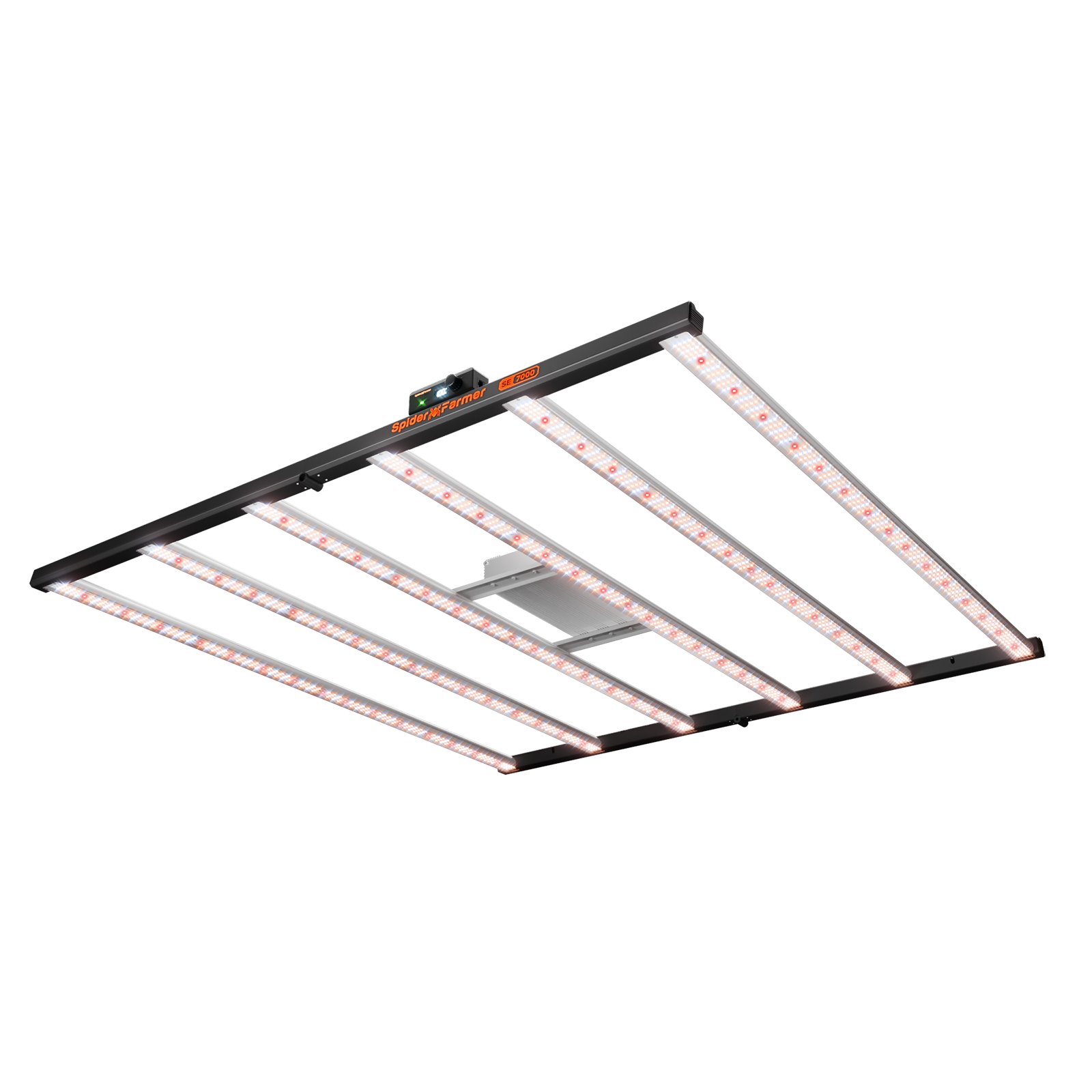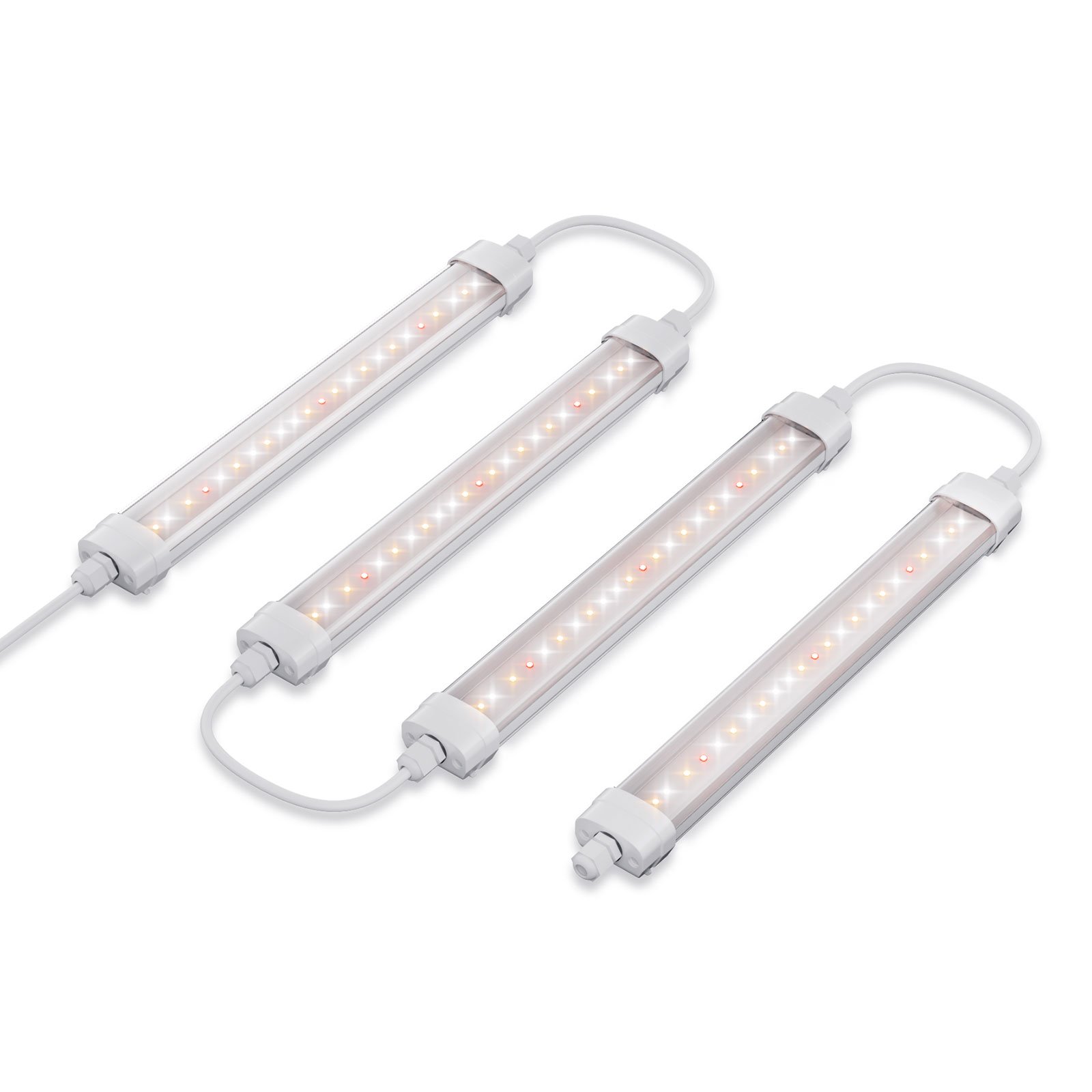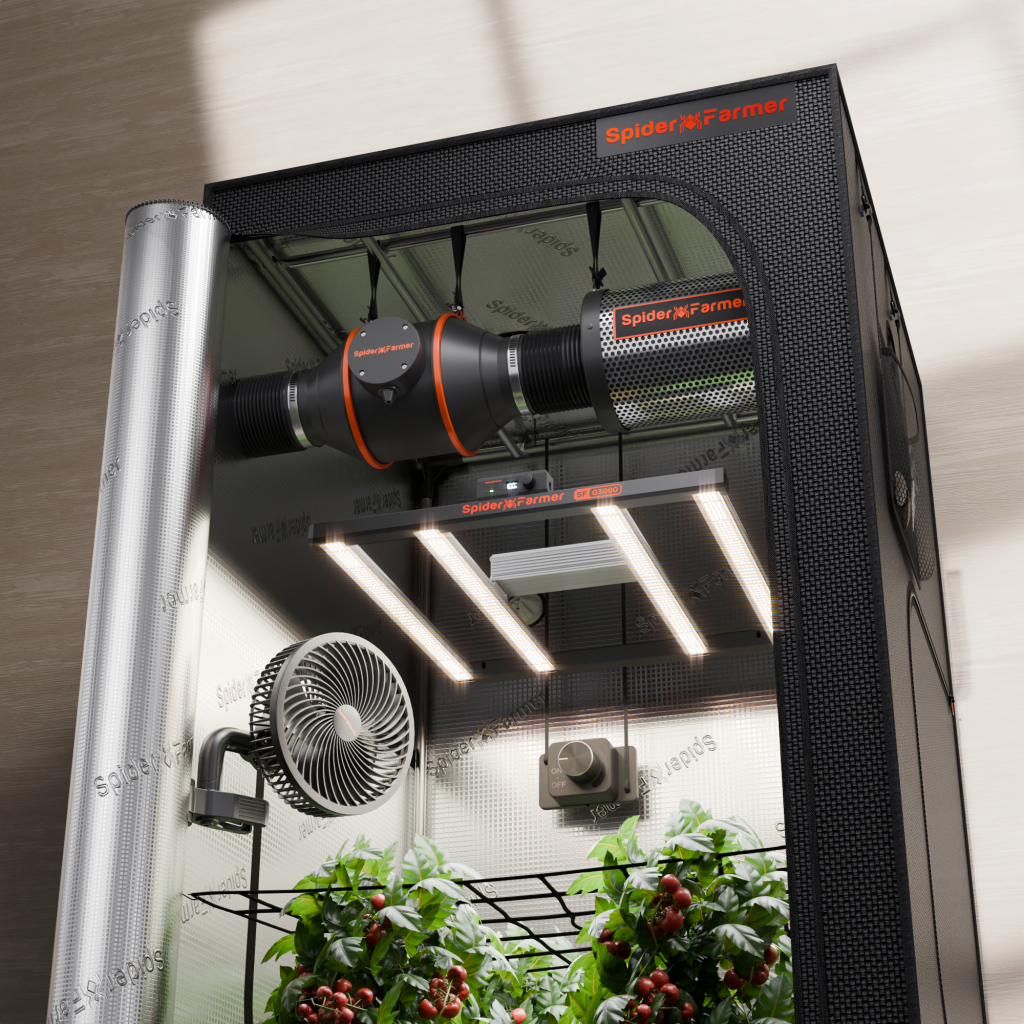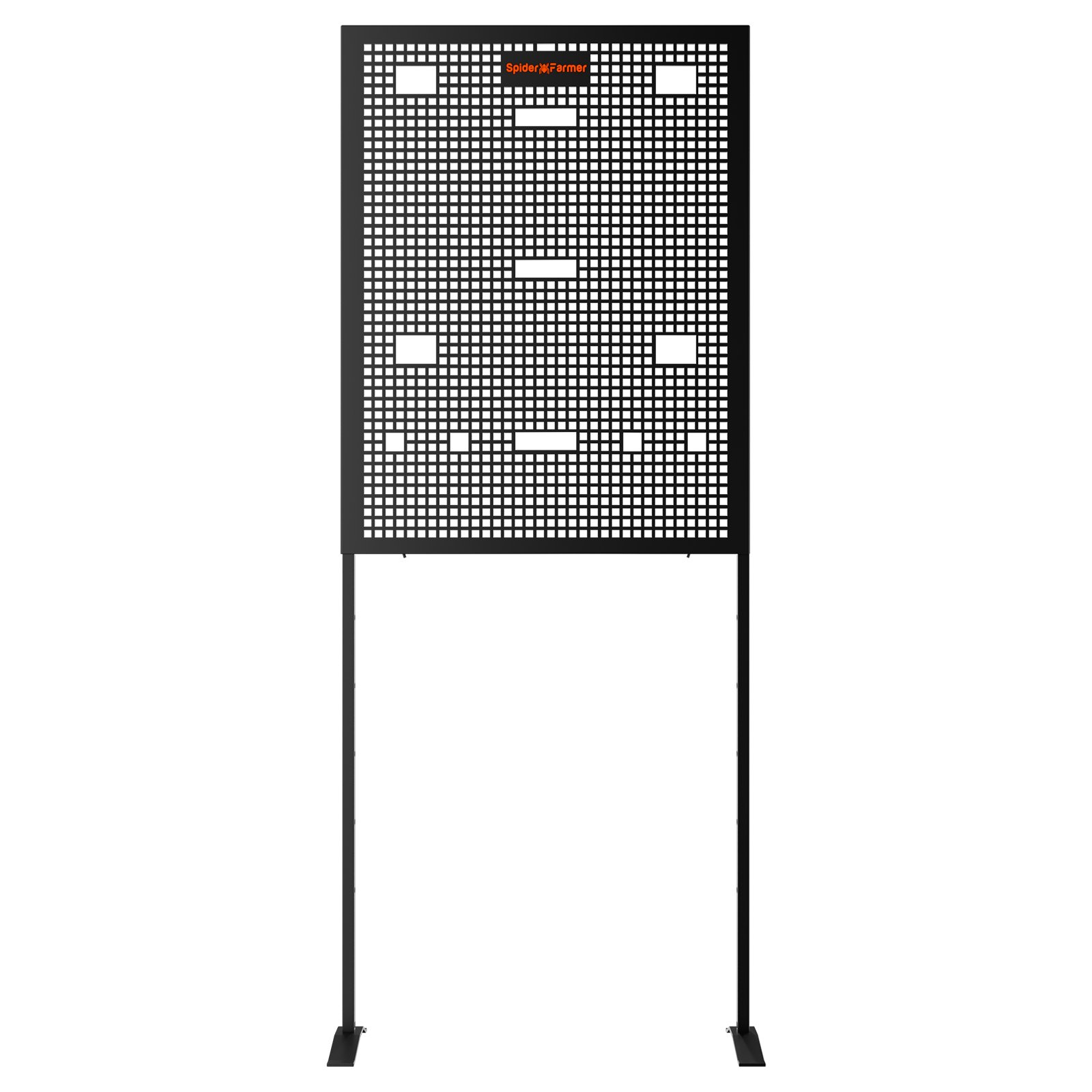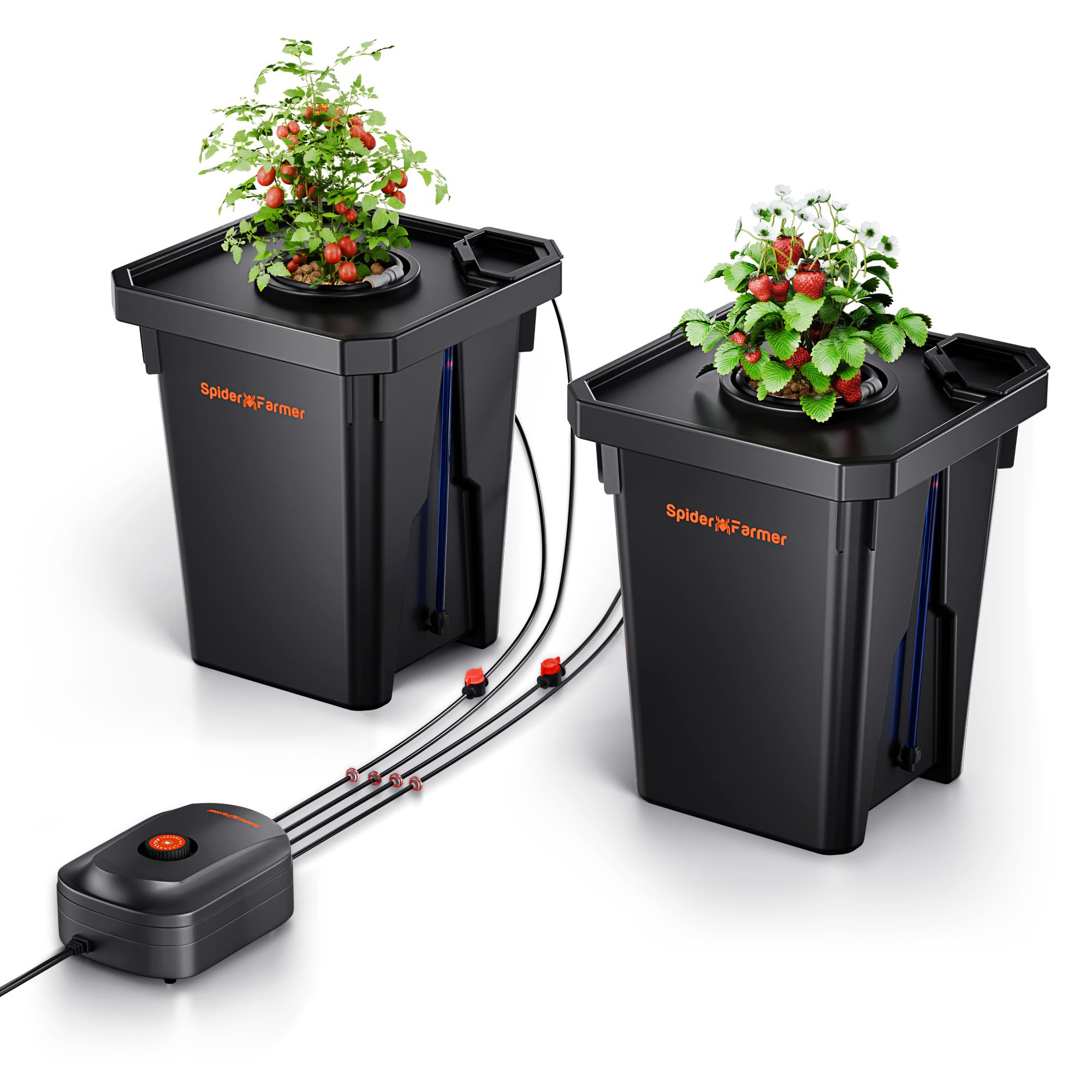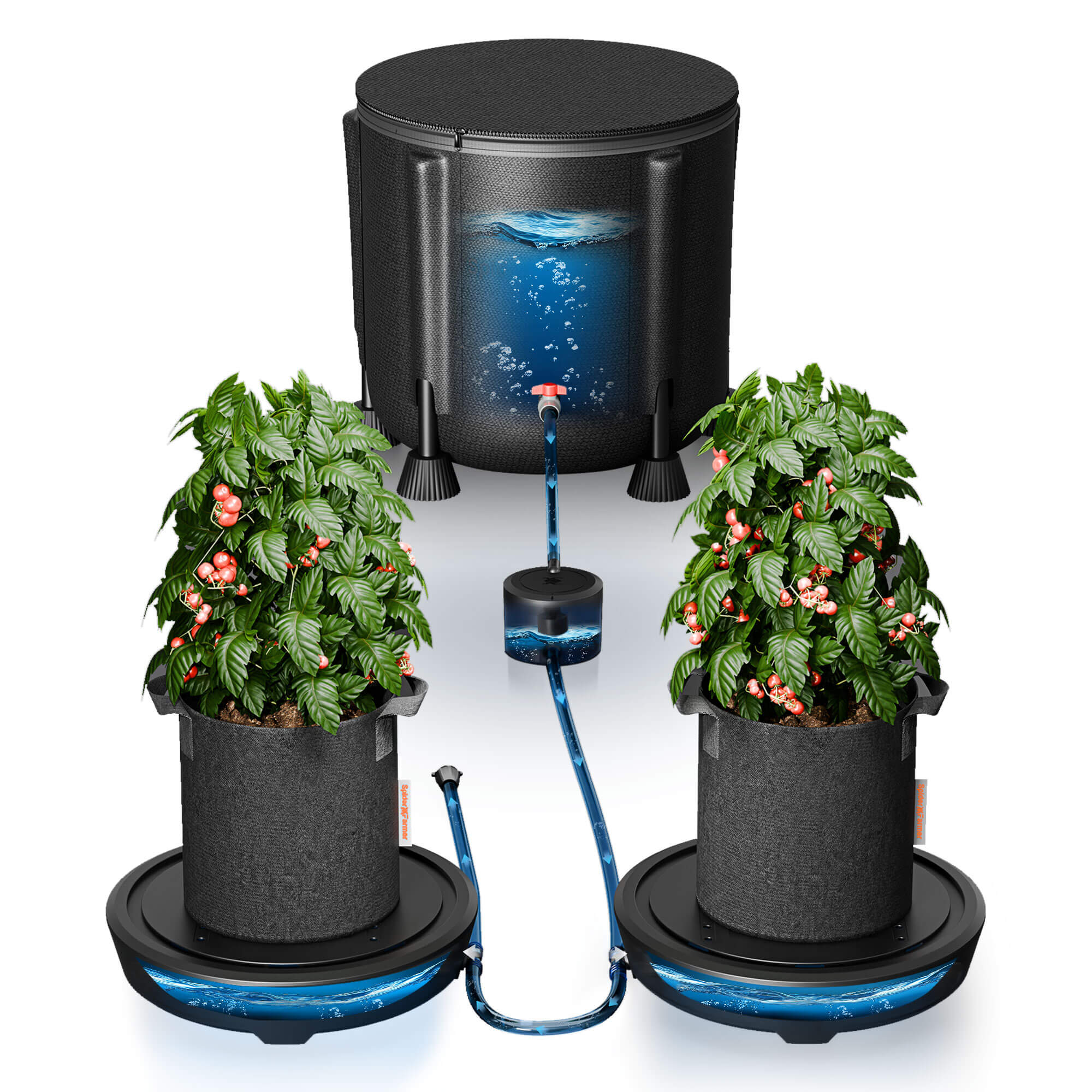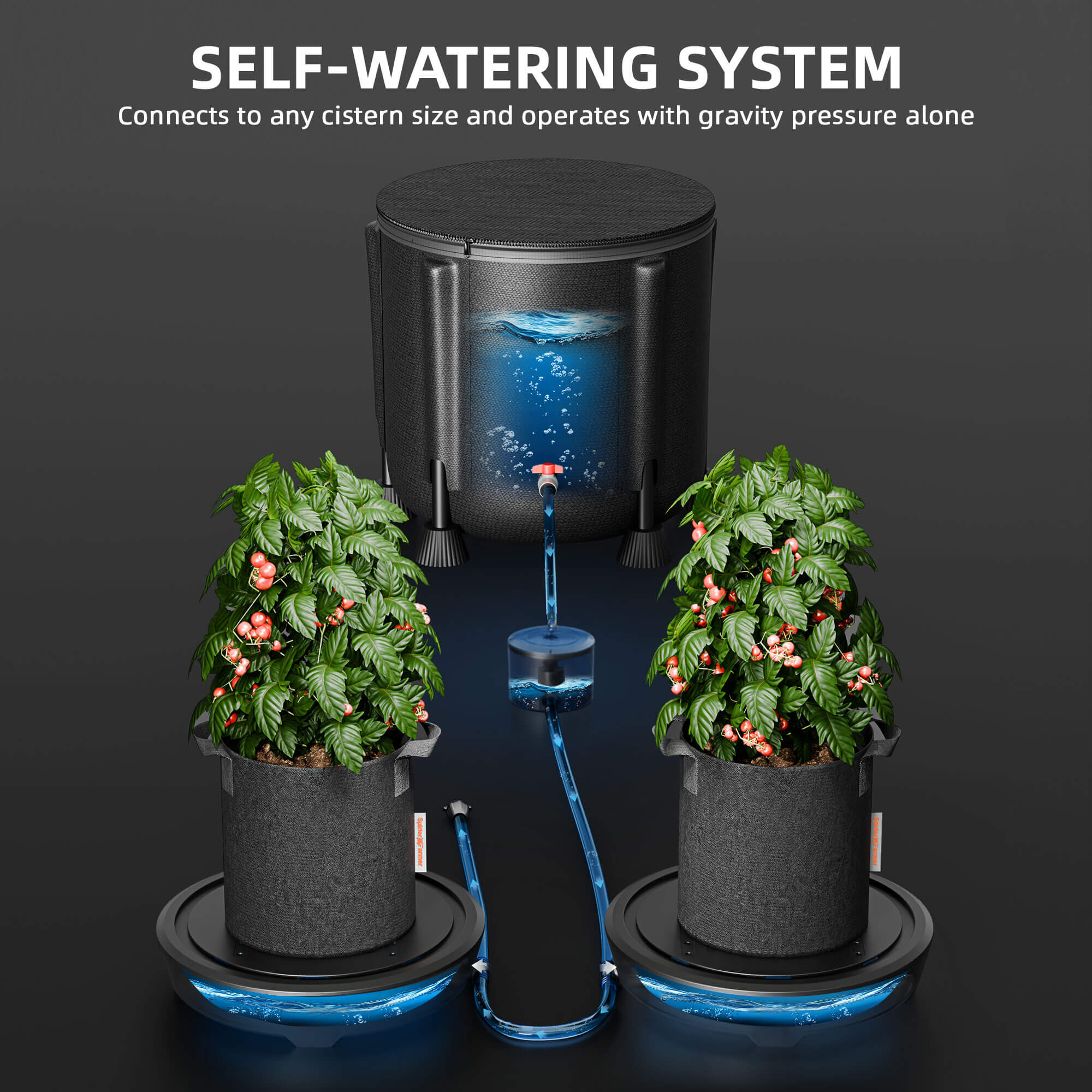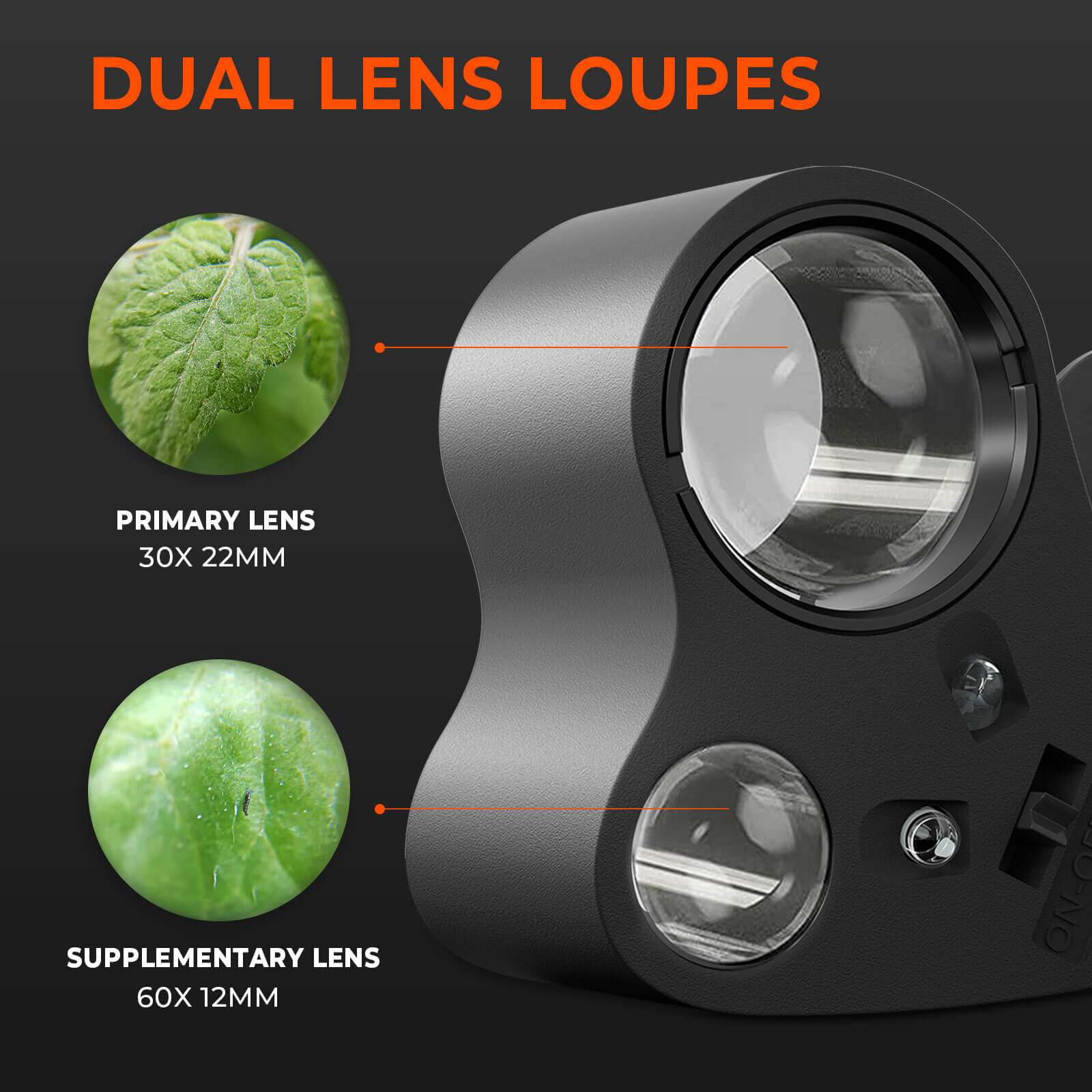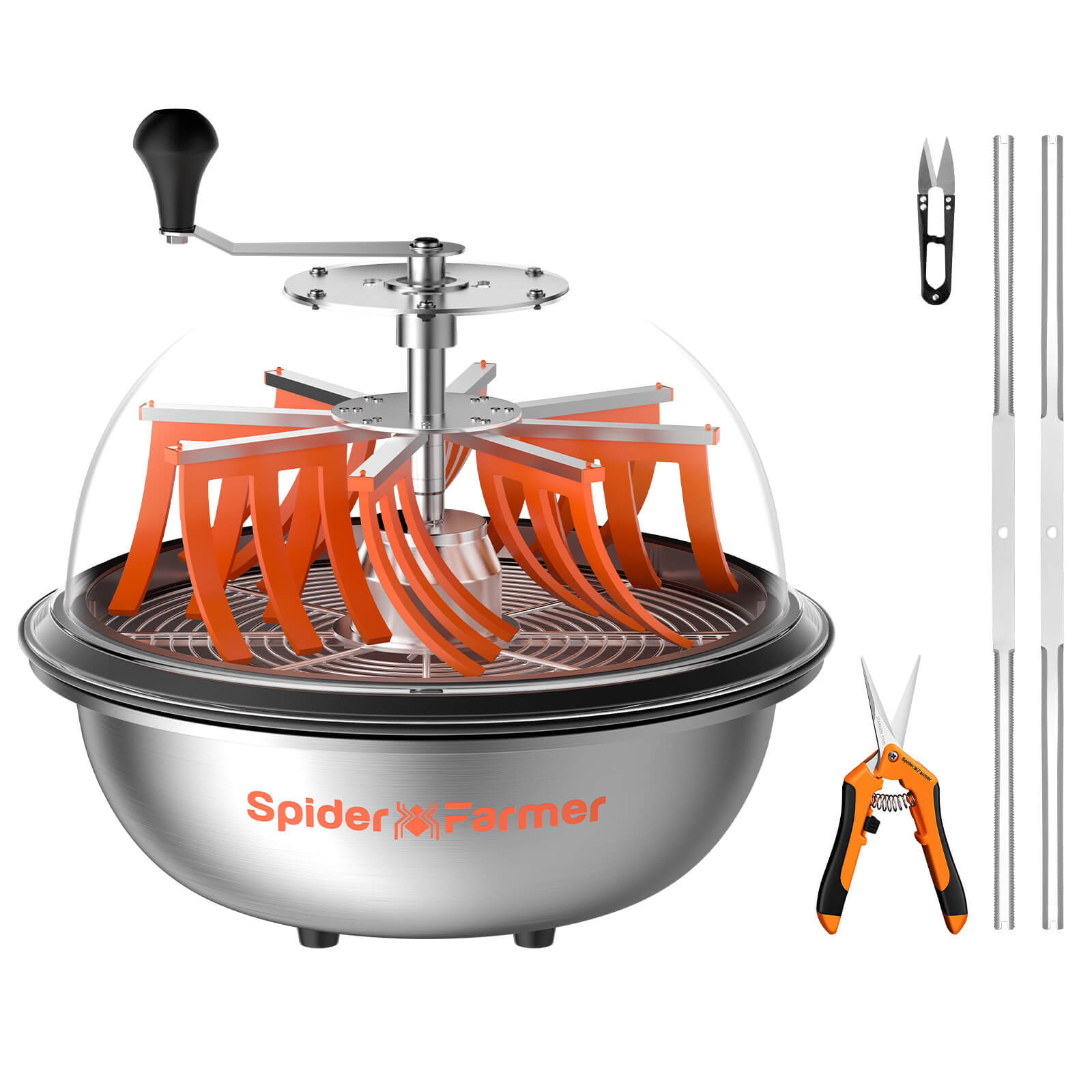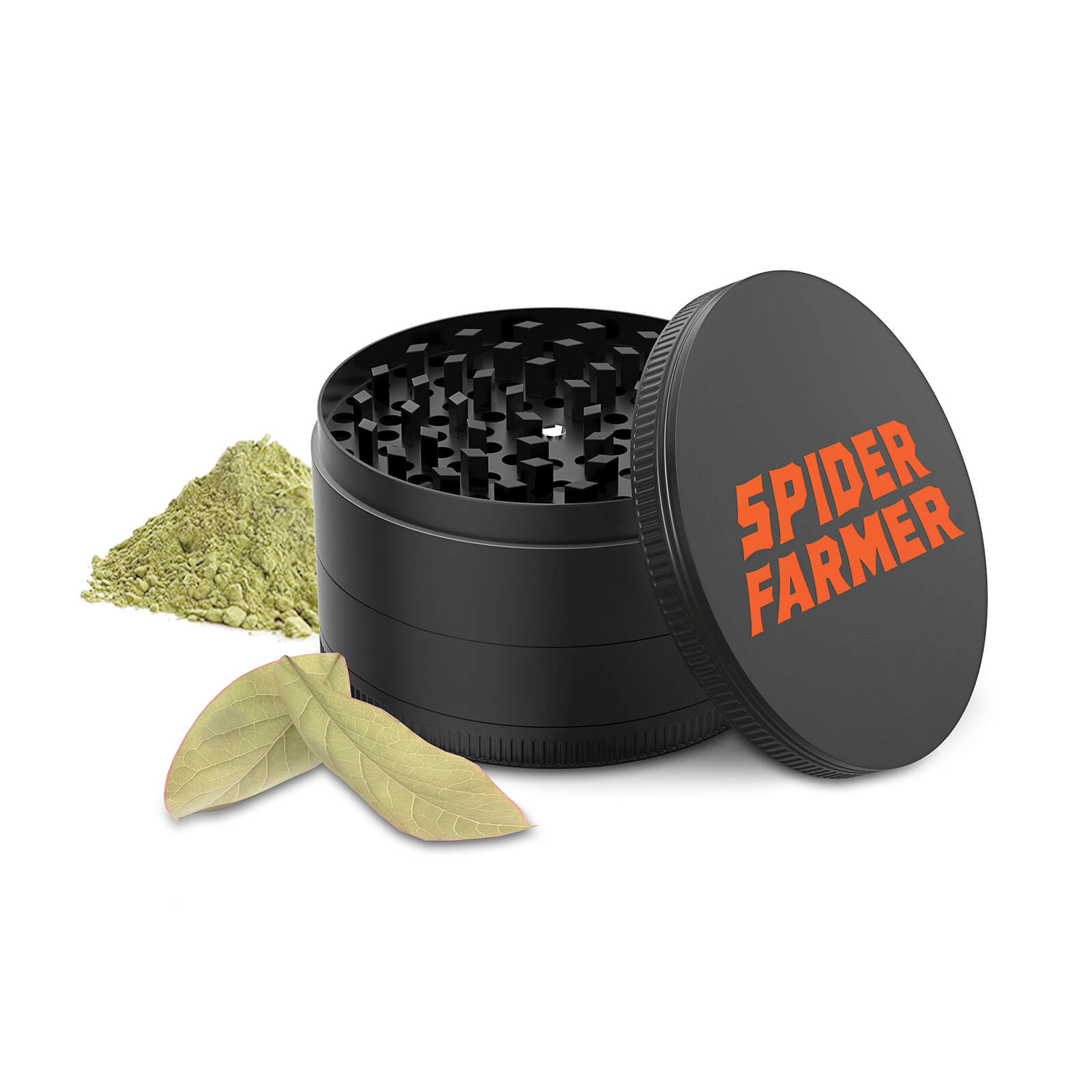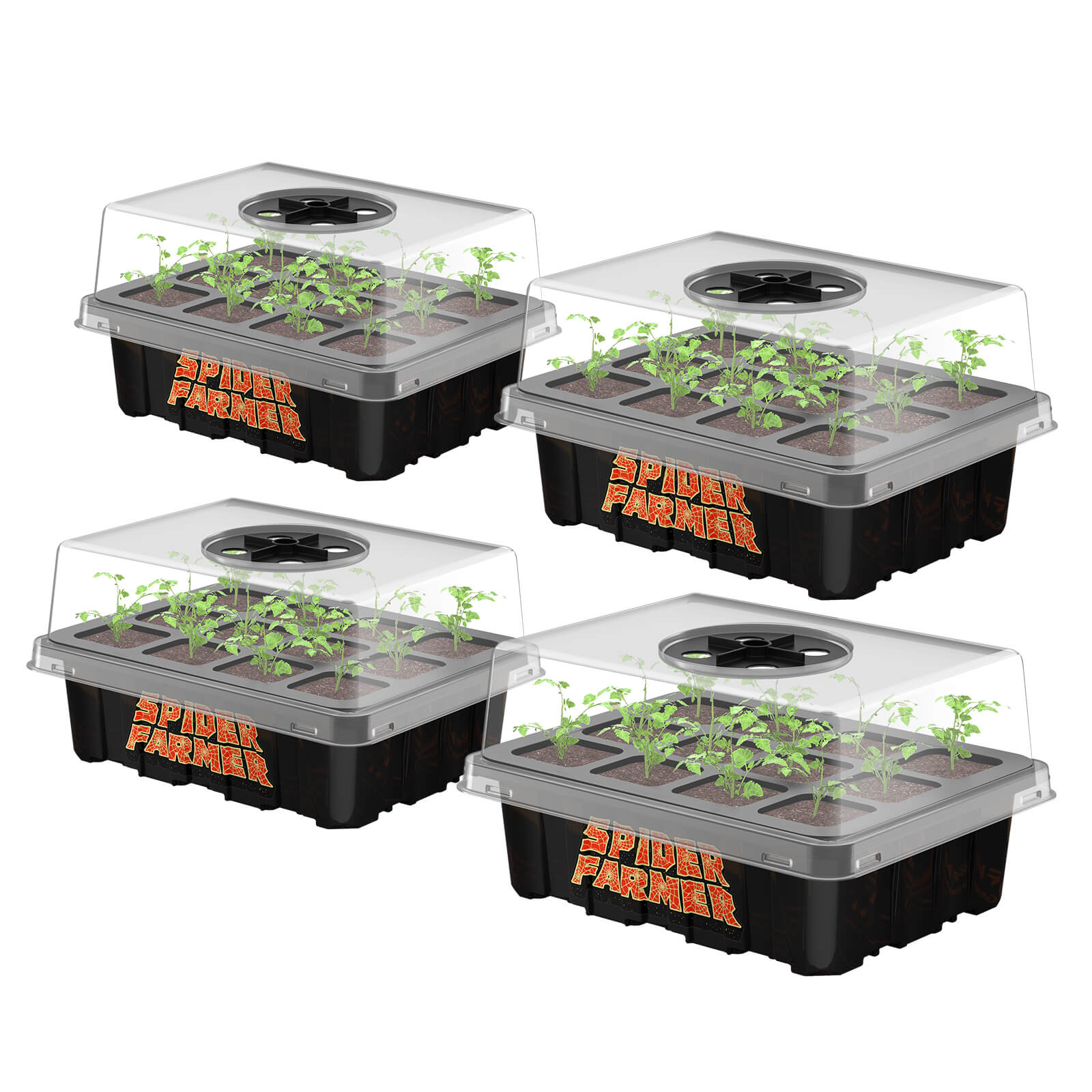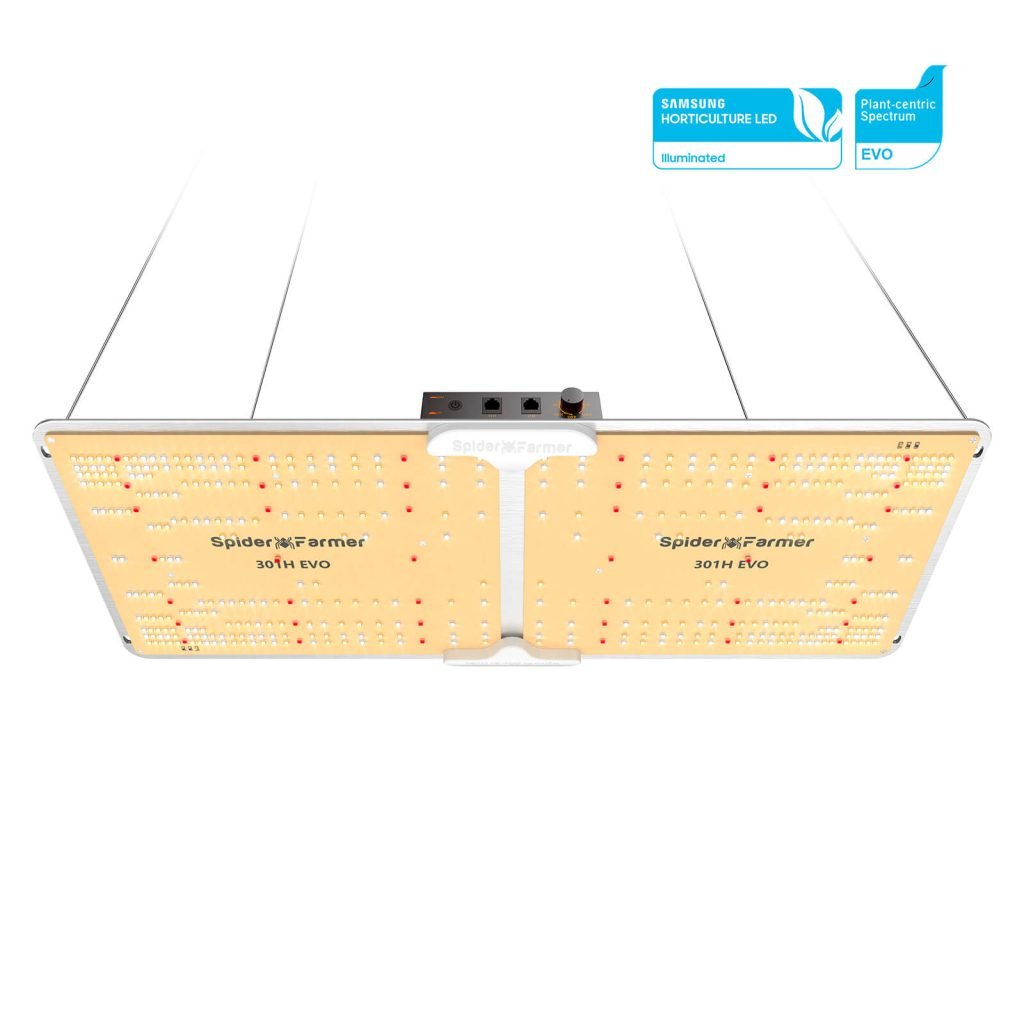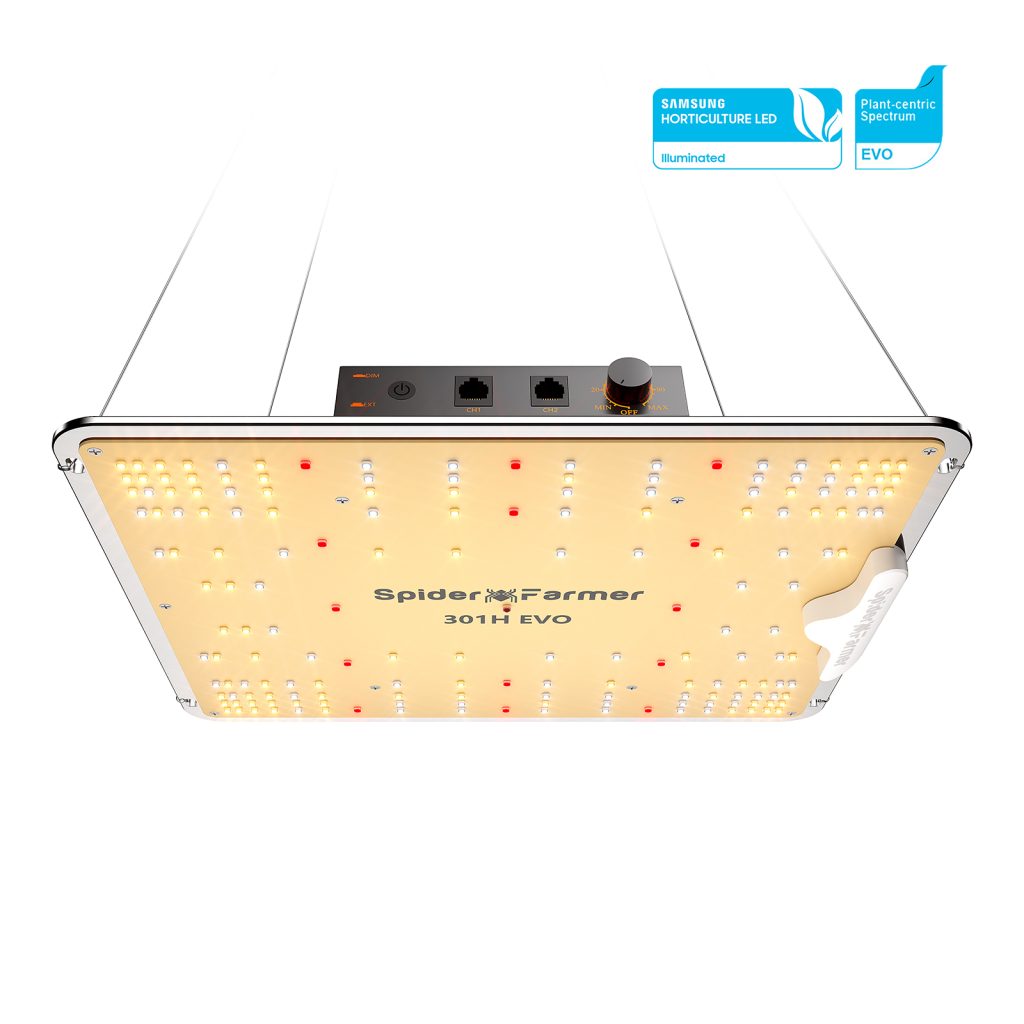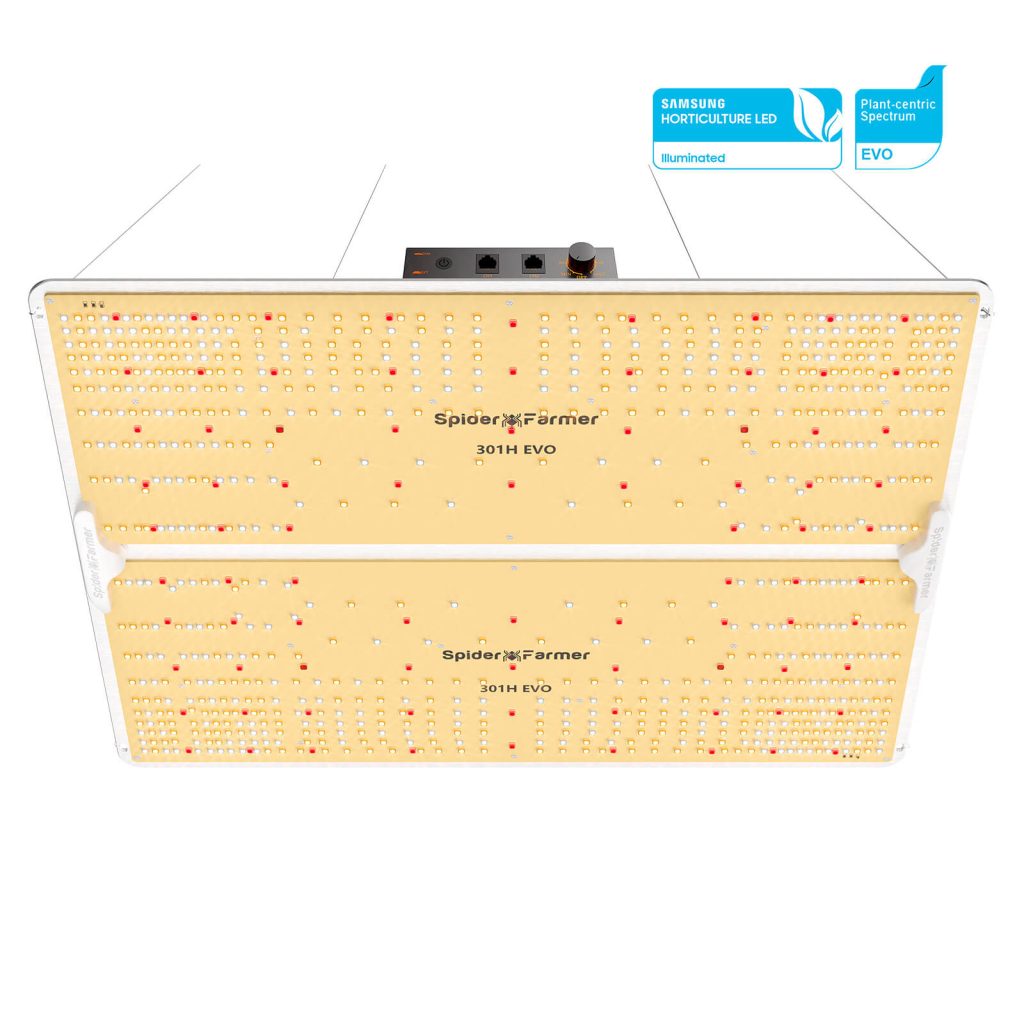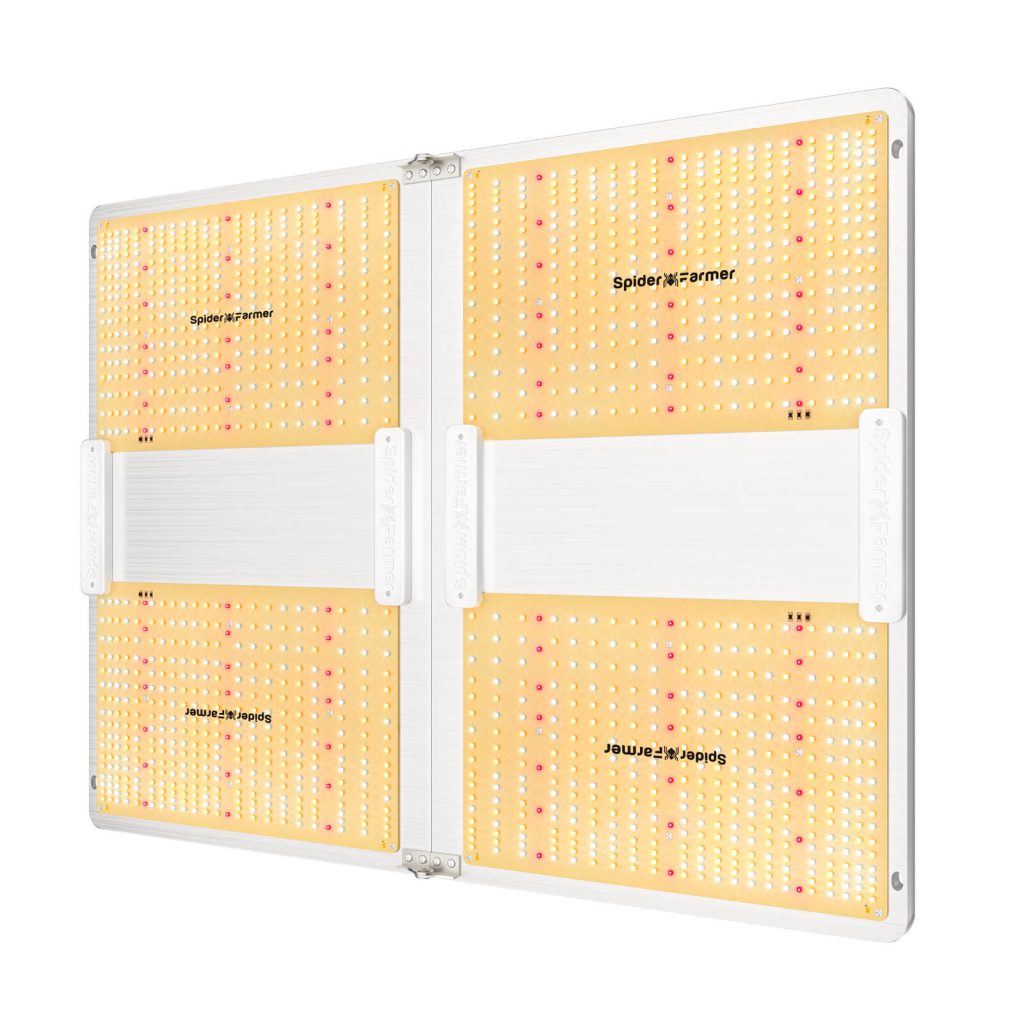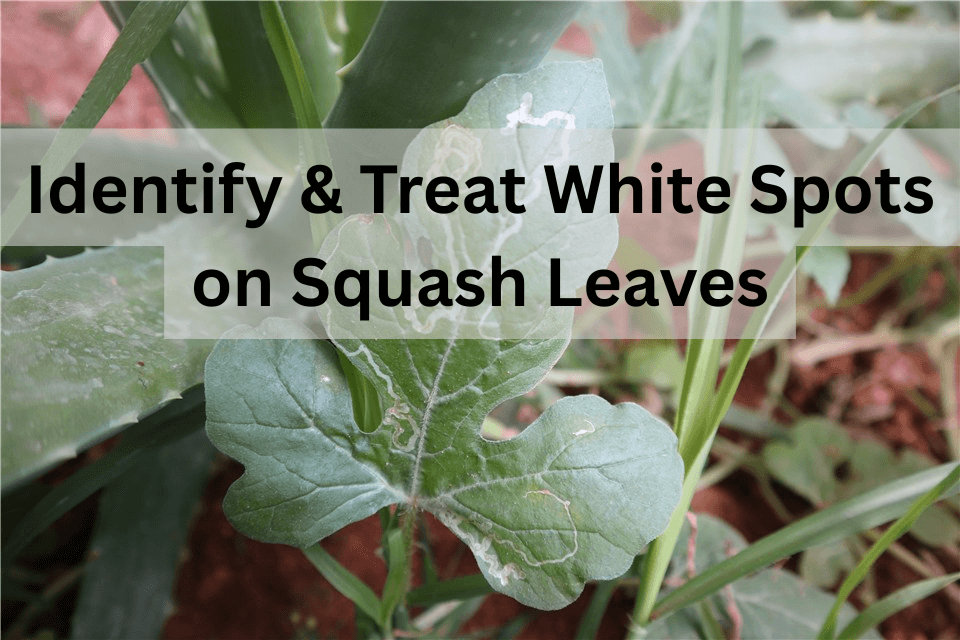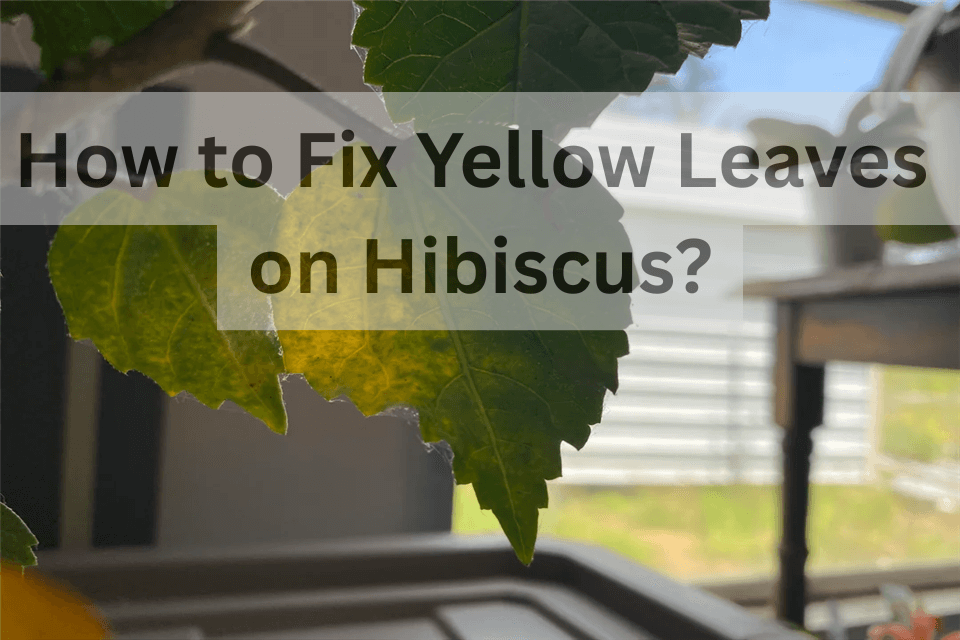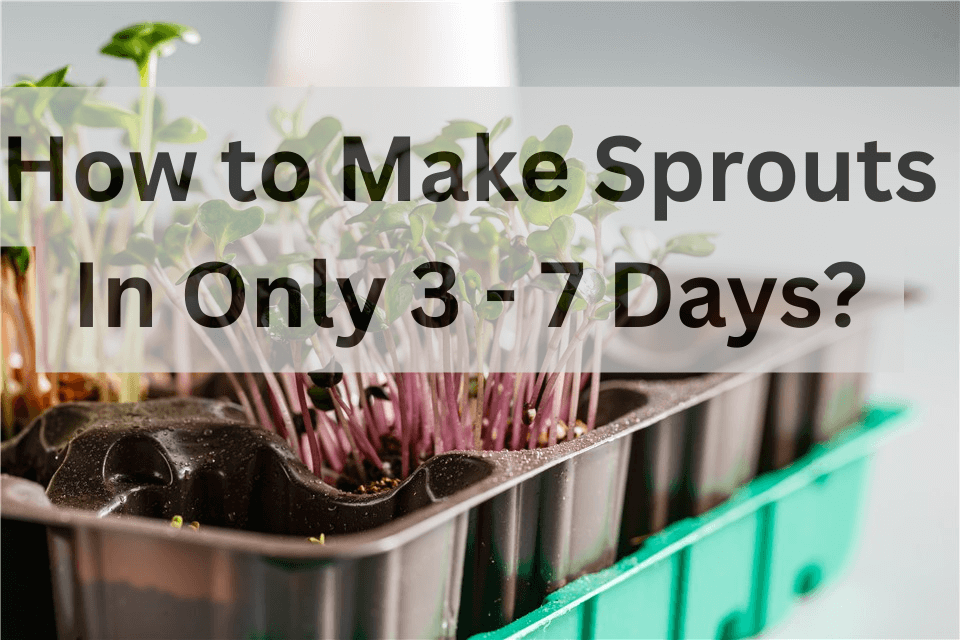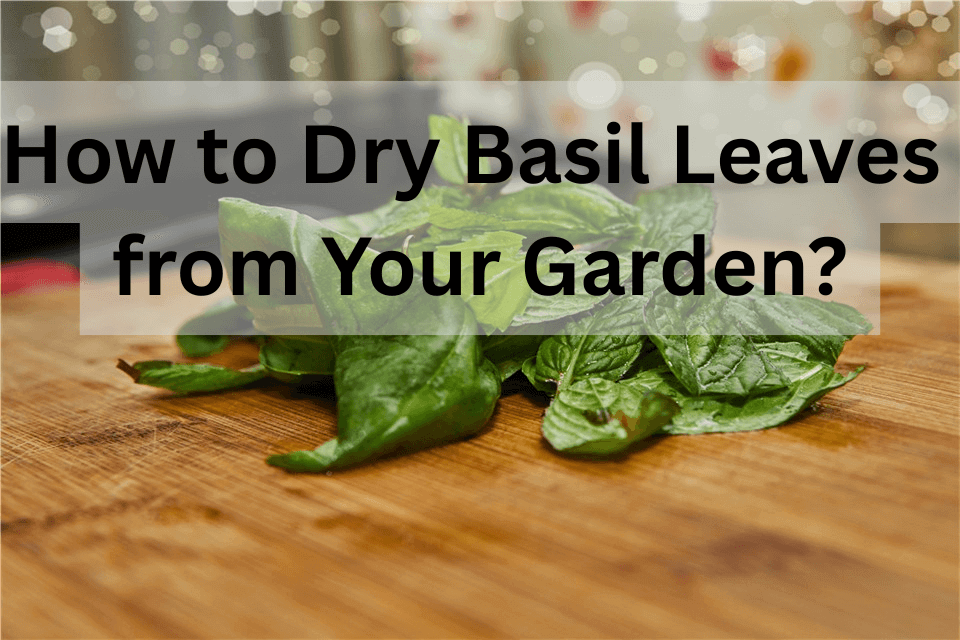My roses are dying in the vase. Once they were vibrant and full of life, but now they turn to withered roses, and the stems are beginning to droop. It’s disappointing to see these beautiful flowers gradually losing their luster.
However, all is not lost. With the right care and attention, you can revive a dying rose. In this exploration, we will delve into the common reasons why your roses are drooping. According to this, we’ll find out solutions to revive roses. By the end of the post, we’ll further explore techniques to keep roses alive longer in different growing environment.
Table of Contents
Why Are My Roses Drooping?
Roses hold a special place in our hearts with their delicate petals and rich symbolism. Whether they were a thoughtful gift, a symbol of love, or simply a cherished addition to our indoor gardening, a withered rose can evoke a sense of sadness and loss.
In this part, we’ll figure out why your roses are dropping or dying. Many factors can result in wilted roses, ranging from simple issues like improper watering to more serious problems like pests or diseases. It’s crucial to diagnose the problem and take appropriate action to revive your roses.
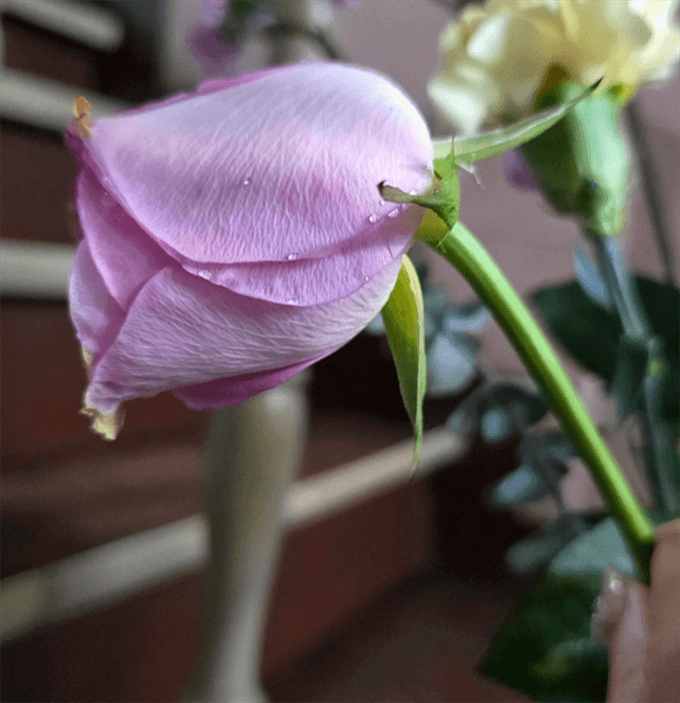
Why Are My Roses Drooping?
Deficient Sunlight
Roses thrive in full sun. They require at least 6 hours of direct sunlight per day. If your roses fail to receive enough sunlight, they may become leggy. Their stems will become weak, and their leaves will drop. To resolve the sunlight deficiency issue, you can use an LED grow light as supplemental lighting.
Extreme Temperature
Roses are sensitive to both extreme heat and cold temperatures. During hot weather, they can wilt and droop due to excessive water loss. In cold weather, frost damage can cause the cells in the leaves to rupture, resulting in wilting and drooping.
Watering Issues
- Underwatering: To keep your roses thriving, you need to keep them consistently humid. When they don’t receive enough water, their leaves wilt and droop. The soil will become dry, and the plant may show signs of stress, such as stunted growth or yellowing rose leaves. To keep your roses humid, you can use a plant humidifier.
- Overwatering: Overwatering can be just as detrimental as underwatering. When the soil remains constantly wet, the roots can become waterlogged and suffocate, leading to root rot. This fungal disease causes the roots to decay and the plant to wilt and droop.
Pests and Diseases
Your roses may be drooping or dying because of pests and diseases. Pests like spider mites will spin webs on the underside of leaves, sucking sap and causing stippling and yellowing. Your rose leaves may also suffer from powdery mildew. This fungal disease appears as white spots on leaves, stems, and flowers, hindering photosynthesis and causing wilting.
Nutrient Deficiencies
Roses need a balanced diet of nutrients for healthy plant growth and development. If they lack essential nutrients, such as nitrogen, phosphorus, or potassium, they may wilt or drop.
How to Revive Roses Step by Step?
Roses are cherished as a symbol of love, passion, and elegance. However, even the most stunning roses can wilt and show signs of distress. Whether you have a bouquet of cut roses or a potted rose plant, they may turn to be withered roses in a short period.
However, don’t feel upset when your roses are dying in the vase! With the right knowledge and techniques, you can bring new life to your roses and restore their glory. In this part, we will explore how to revive both cut roses and potted rose plants step by step.
How to Revive Cut Roses
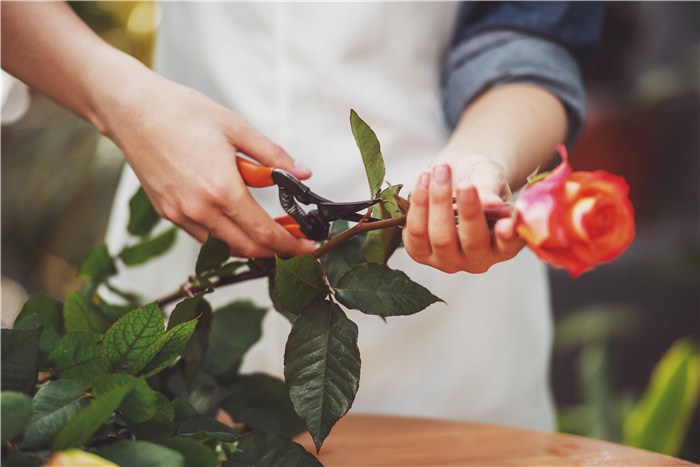
How to Revive Cut Roses
- To revive roses in a vase, take the roses out of the vase and take a look at theIR stems at first. Check if there are any signs of damage or discoloration.
- Use sharp scissors or garden shears to cut about an inch off the bottom of each stem at a 45-degree angle. This angled cut increases the surface area, allowing the rose to absorb water more efficiently.
- Fill a clean vase with cold, fresh water, as the cold water will help to hydrate the roses and prevent further wilting.
- Place the roses back into the vase and fully submerge the stems in water.
- Display the vase in a cool location away from direct sunlight or drafts.
- Every two days, change the water in the vase and cut the stems if needed.
- Add flower food - sugar, citric acid, and bleach to the water. Sugar water can revive roses and provide additional nutrients for plant growth.
How to Revive Potted Roses
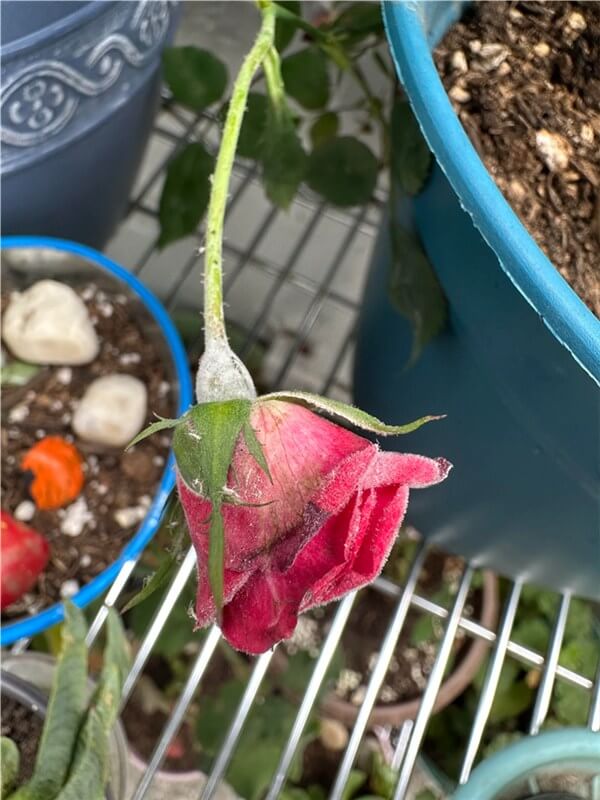
How to Revive Potted Roses?
1. If the potted roses don’t get enough sunlight or if they get too close to other large plants, you can repot the plants to a spot with at least 6 hours of direct sunlight. Alternatively, you can use an LED grow light to supplement light for roses.
2025 Newest Version Spider Farmer SF1000D 100W Full Spectrum LED Pflanzenlampe
In stock
2025 Newest Version Spider Farmer SF2000Pro Samsung LM301H EVO LED Pflanzenlampe For 3 Plants
In stock
2025 Newest Version Spider Farmer® SF2000 Samsung LM301H EVO LED Pflanzenlampe For 3 Plants
In stock
2025 Spider Farmer® SF1000 Samsung LM301H EVO LED Pflanzenlampe
In stock
2025 Spider Farmer® SF4000 450W Samsung lm301H EVO LED Grow Light
In stock
2025 Spider Farmer® SF7000 650W Foldable LED Pflanzenlampe
Out of stock
2. Roses appreciate regular fertilization, but too much can lead to root rot. Fertilize 3 times a year with organic fertilizers like aged cow manure or mushroom compost.
3. Roses prefer slightly acidic, well-drained soil with a pH between 6-7. In terms of this, you can amend your soil with organic compost if it is too heavy or lacks nutrients.
4. Treat for garden pests like aphids, sawfly larvae, spider mites, Japanese Beetles, and thrips. Use physical removal methods or natural treatments like Neem oil.
How Long Should Roses Last?
Roses symbolize beauty and love. People often cherish them for their vibrant colors and delicate petals. But how long should roses last? You may ask why your roses are drooping after one day. Actually, the lifespan of roses can vary depending on several factors, such as the type of rose, care and handling, and environmental conditions.
Fresh Cut Roses
Average Lifespan: 5 to 7 days
Factors Influencing Lifespan:
- Water Quality: Use fresh, clean water and change it every 2 to 3 days.
- Temperature: Keep roses away from direct sunlight and heat sources. The ideal room temperature is around 65°F to 70°F (18°C to 21°C).
- Humidity: Higher humidity helps roses last longer. Misting them occasionally can be beneficial.
- Stem Care: Recut the stems at a 45-degree angle every few days to ensure proper water uptake.
- Nutrients: Adding flower food to the water can extend their life.
Potted Roses
Average Lifespan: 2 to 5 years
Factors Influencing Lifespan:
- Soil Quality: Use well-draining, nutrient-rich soil.
- Watering: Keep the soil consistently moist but not waterlogged.
- Light: Potted roses need at least 6 hours of sunlight per day.
- Pruning: Regular pruning helps maintain the health and shape of the plant.
- Fertilization: Apply rose-specific fertilizer during the growing season to promote healthy growth.
Garden Roses
Average Lifespan: 15 to 20 years or more
Factors Influencing Lifespan:
- Soil and Drainage: Proper soil preparation and drainage are essential for long-term health.
- Watering: Consistent watering, especially during dry periods, is important.
- Sunlight: Adequate sunlight is crucial for robust growth and flowering.
- Disease Management: Regular monitoring and treatment for common rose diseases like black spot and powdery mildew can extend their life.
- Winter Protection: In colder climates, protecting roses from harsh winter conditions can help them survive longer.
How to Keep Roses Alive Longer?
If you want to keep roses alive longer, you need to pay special attention to them. No matter you’ve received cut roses from your friends or bought rose bushes from a local flower shop, you can refer to the tips below to keep them vibrant and healthy for a long time.
In this part, we’ll learn how to keep cut roses and rose bushes alive longer.
Keep Cut Roses Alive Longer

Keep Cut Roses Alive Longer
- Prepare the Vase: Clean the vase thoroughly to get rid of any dirt, dust, and grime. This ensures the flowers get the best start.
- Use Lukewarm Water: Fill the vase with clean, fresh, lukewarm room-temperature water 3/4 full. Avoid using too hot or too cold water as it will shock the blooms and shorten their life.
- Use Flower Food: You can revive roses with sugar because sugar acts as a source of energy for the flowers. Besides, you can use citric acid to maintain a lower pH level in the water, and bleach to prevent bacterial growth. Dissolve this packet of flower food in the vase with water before putting your roses in it.
- Remove Leaves and Guard Petals: To conserve your flowers’ energy, you can remove extraneous leaves and guard petals. Also, remember to cut leaves below the water line, as this will prevent bacterial growth.
- Snip the Stems: Cut the stems at a 45-degree angle with sharp pruners to make it easier for the flowers to absorb water. You can either put the roses in water immediately after cutting the stems or cut them while they are in the water.
- Change the Water Regularly: Change the water every few days, especially if it’s cloudy. Remove spent leaves and clean out the vase from any petals that may have fallen into the water. Retrim the stems and add flower food to the fresh water.
- Keep the Roses Cool: Roses like cooler temperatures. Overnight, refrigerate your roses or place them in the coolest, dark spot in your home. Keep the flowers out of direct sunlight and away from hot or cold drafty air. If it’s dry in your house, consider using a plant humidifier to increase the humidity.
Keep Rose Bushes Alive Longer
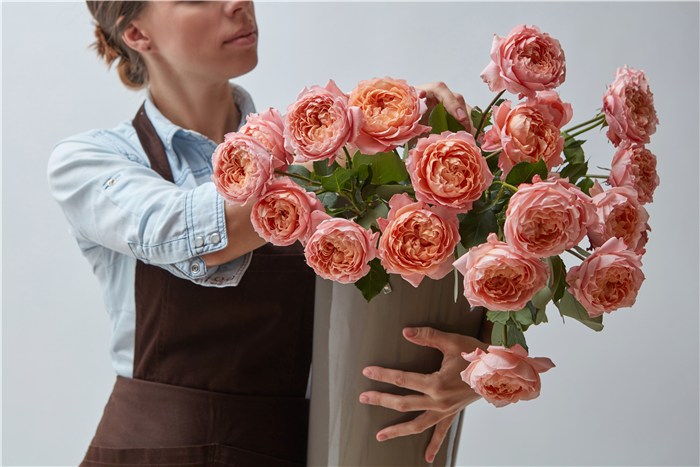
Keep Rose Bushes Alive Longer
- Provide Adequate Sunlight: Roses thrive in full sun, so ensure your bush is planted in a spot that gets 4-6 hours of direct sunlight a day. If you’re in a place where there isn’t enough light, you can use LED grow lights as an alternative.
- Water Properly: Roses need regular watering, but avoid over-watering to prevent root rot and fungus. Check the soil before watering to ensure it isn’t too wet. Water every few days, and more often during hot summer days.
- Fertilize Regularly: Roses need nitrogen, phosphorus, and potassium to stay healthy. Use a fertilizer specifically for roses or a balanced one containing all necessary nutrients. Fertilize once a month during the growing season and every few months during winter.
- Prune Regularly: Pruning helps remove dead or diseased branches and encourages new growth. Prune in late winter or early spring, before the bush blooms. Use sharp pruning shears and cut at a 45-degree angle.
Conclusion
In conclusion, you can perk up roses by following the techniques outlines in this post, such as trimming stems at an angle, using fresh water, and providing adequate sunlight for potted roses. With a little patience and the right approach, your roses can thrive once again and even maintain alive longer.



